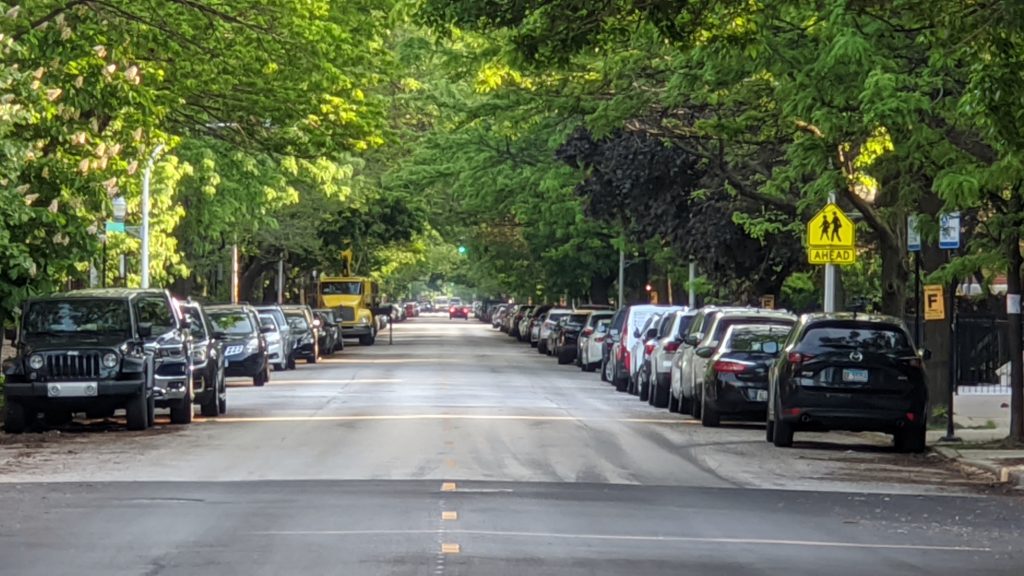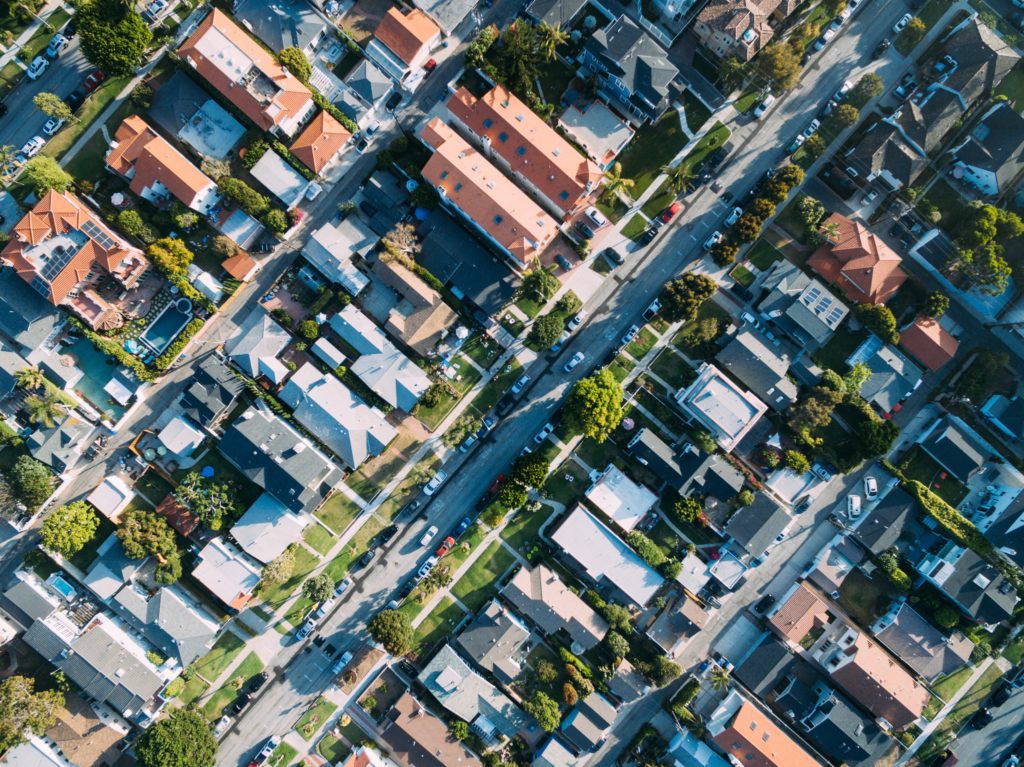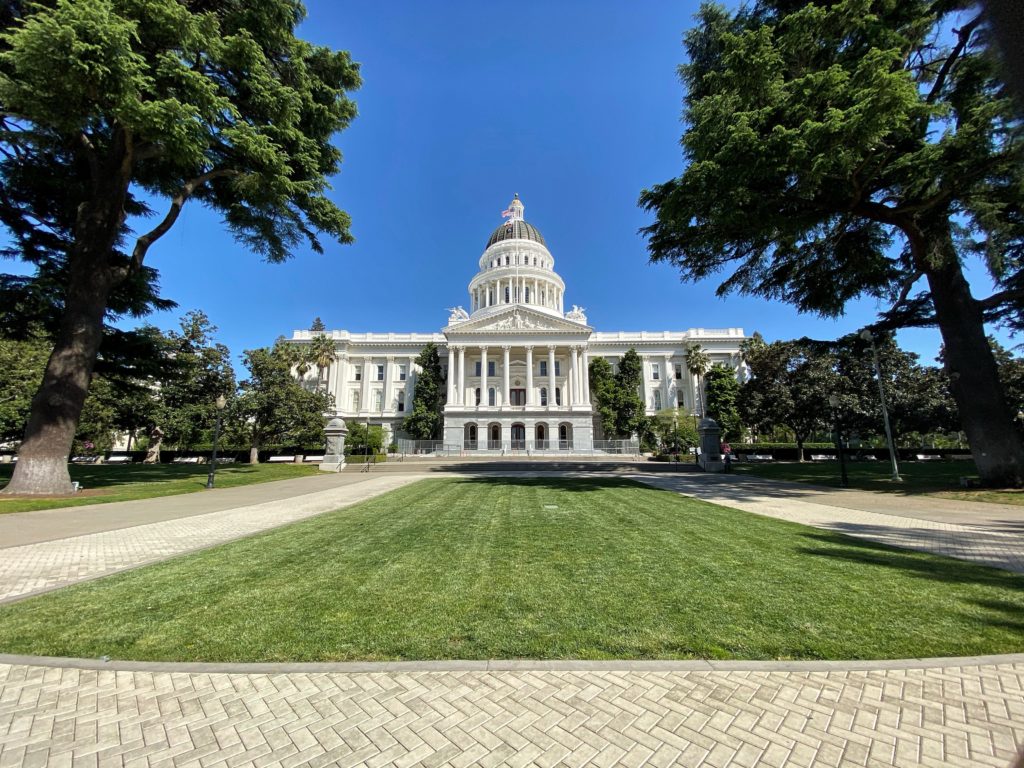August 31, 2021
Topic
Cities across the West, and beyond, have experienced heatwaves this summer which scientists say have grown more frequent and intense as a result of climate change. Despite the devastating impacts of extreme heat—as the leading cause of weather-related fatalities in the United States—there has been limited focus on adaptive measures. The need to build resilience will only become increasingly necessary as global surface temperature will continue to increase until at least the mid-century according to the Intergovernmental Panel on Climate Change.
Communities who implement urban greening and cooling strategies now will be better positioned to withstand future extreme heat events.
According to the RX For Hot Cities Report, a study of 245 cities across the globe found that trees can reduce maximum summer air temperatures by 0.9-3.6°F. In the United States, urban tree canopy cover in a total of 97 cities saves 245-346 lives annually and helps avoid more than 50,000 doctor’s visits due to heat annually.
As part of Chula Vista’s adaptation strategy, the city passed a Shade Tree Policy which requires 50% shade cover in parking lots. The city of Oakland is using an urban forestry grant to develop a complete street and park tree inventory; perform community engagement to establish city-wide urban forestry goals; create a 50-year Urban Forest Master Plan; plant and care for 700 new trees in frontline communities; and update the City’s Tree Protection Ordinance.
A new report and cost-benefit analytical tool developed by the Smart Surfaces Coalition showed that the value of deploying smart surface solutions (like cool roof and cool pavements) can also be significant: $540 million for El Paso, $1.8 billion for Washington, D.C., and $3.5 billion for Philadelphia and large gains in city comfort, air quality, and livability, as well as significant reductions in greenhouse gasses. In Baltimore adopting these measures on a citywide scale was estimated to reduce summer temperatures by 2.5 degrees on average and 4.5 degrees in the hottest areas; yield $13 billion in economic benefits over 20 years—10 times the initial cost, according to. They would also see a significant reduction in carbon emissions—a reduction in 17 million tons over 30 years.
These investments can create new jobs (e.g. an estimated 3,600 additional jobs in Baltimore the first 20 years and 78,700 annual FTEs over three decades) and if targeted to low-income neighborhoods can “reverse the multigenerational inequality of dark, impervious surfaces with no trees,” according to Greg Kats, founder of the Smart Surfaces Coalition and the lead author of the report.
In 2014, Los Angeles became the first major city with a “cool roofs” requirement. Under changes to the Los Angeles Green Building Code, new homes in the city – including rentals – must have roofs with materials that reflect sunlight.
In addition to new construction, roof replacements of at least 50% must incorporate cool roofs. As of 2019 the city had covered around 50 city blocks in various reflective coatings and seals, with a plan to cover 250 lane-miles of city roads by 2028. The Los Angeles Bureau of Street Services says its streets that have been rendered lighter in color are 10 to 15 degrees cooler on average than city streets that haven’t. It is important to note that some research found that when the coating was used in areas where people walk, the ground itself was as much as 11 degrees cooler, but a few feet off the ground, the temperature rose as the sun’s rays were reflected. The results suggest such coatings might be better for roads than for sidewalks or playgrounds.
With a $1 Trillion federal infrastructure bill passed by the Senate and a state surplus in California, communities should be thinking now about how to invest in cooling measures that will improve the health, resilience, climate, and economic viability of their communities for decades to come.
Resources:
1. Delivering Urban Resilience Report
2. The High Price of Losing the War Against Urban Heat
3. Heat Wave Blasts U.S.
Policy Corner
As we head into the final 10 days of the California legislative session, the fate of hundreds of bills remains to be determined and key budget issues continue to be negotiated between the Legislature and the Administration. Two budget items, in particular, hold enormous implications for supporting sustainable communities and our social, economic, and environmental future.
CLIMATE RESILIENCE
At the end of June, when the budget in chief was settled, the Legislature and the Governor agreed to an unprecedented $3.7 billion commitment over the next three years to address climate resilience. However, only $440 million was included in the budget and the entire amount was left subject to subsequent negotiations between the Governor and the Legislature. With its deep involvement in climate resilience and adaptation, CivicWell teamed up with the San Francisco Estuary Institute (SFEI), Farallon Strategies, and Resilient Cities Catalyst to convene virtual workshops and a survey to reach out to a broad cross-section of those working on climate resilience and adaptation matters across the state.
Over 400 people participated in the effort which culminated in the drafting of comprehensive proposals to recommend to the state leadership. In a letter joined by more than 100 organizations, we underscored the necessity of focusing the first year funding on strategic planning, capacity building, technical assistance, and early opportunities for project implementation. For the entire three year period, we advocated for emphasis in such areas as community capacity building, local and regional adaptation planning, pilot project implementation, community resilience centers, and extreme heat.
We recognize the critical role that the state must play in establishing the framework for addressing climate resilience and the need for research and technical assistance from the state level. But we also stress the essential nature of including all communities and providing the tools, training, and opportunities for all—especially historically disadvantaged and marginalized communities—to participate in developing local and regional strategies, approaches, and projects to successfully adapt to climate change.
Under our proposal, 14 categories would receive funding, including significant amounts for climate resilience centers, pilot projects, transformative climate communities, extreme heat, wildfire health impacts, urban greening and forestry, wetlands restoration, and weatherization. All together, these categories would receive $2.55 billion in funding to ensure that the bulk of the money will be spent on projects and programs that advance adaptation. Find the full letter here.
The parties will be working against the deadline of September 10 to formulate the final package to place in a budget trailer bill that goes to the Governor for signature. We are hopeful that those negotiating the package will use our proposal as a template to build a historic investment in climate resilience and adaptation.
DROUGHT AND WATER RESILIENCE
The budget signed by the Governor earlier this summer included $2.4 billion for drought relief and water resilience. Of that amount, $650 million was appropriated for drinking water projects and $200 million for small community drought relief, especially important with the drought causing hundreds of wells to go dry. Also receiving $200 million were multi-benefit projects while $100 million was directed to water conveyance projects and $60 million to implementation of the Sustainable Groundwater Management Act (SGMA). However, the Legislature left about $730 million out of the package with the intent to negotiate its apportionment with the Governor until after the summer recess.
CivicWell has consistently argued for additional funding to assist low-income and vulnerable communities with access to safe, clean drinking water and for more aggressive action to make progress toward groundwater sustainability under SGMA. From the remaining $730 million, we have advocated that an additional $300 million be appropriated for SGMA planning and implementation, with a 30% set aside to assist disadvantaged communities and small farms. Consistent with advancing SGMA implementation, we have argued for an additional $100 million for multi-benefit projects that can convert potentially fallow agricultural land to wetlands or similar uses while reducing groundwater use. Finally, recognizing that there are immediate opportunities to recover floodplains while contributing to groundwater recharge, we have called for $100 million to be allocated for such projects. Here is the link to our full letter.
Board Highlight
Safe Biking Infrastructure in San Diego County
City of Encinitas Mayor and CivicWell board member Catherine Blakespear is leading the charge for more walkways and protected bike commute lanes, working with the San Diego Association of Governments toward a goal of zero bike and pedestrian deaths from cars. She also notes the social, economic, and environmental benefits of increased biking infrastructure.
In her recent Op-Ed for The San Diego Union-Tribune, she writes:
“In communities where safe bike and pedestrian networks have been built, there has been a renaissance for businesses and communities. Creating public spaces that are vibrant — where folks can linger, talk and spend money at local businesses — is key to our shared future prosperity.”








